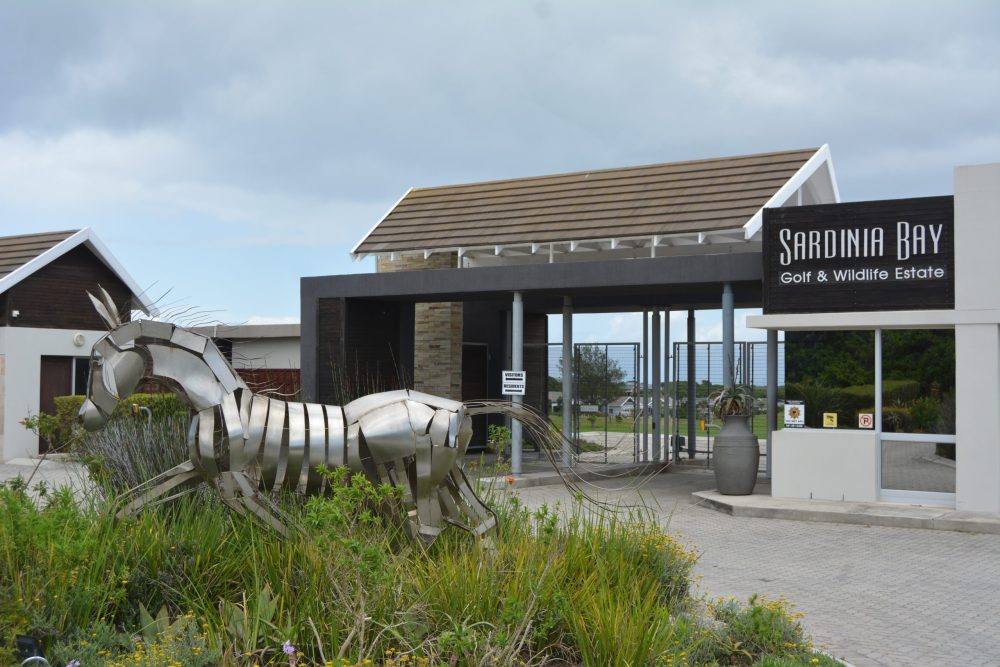The striking zebra sculpture that greets residents and visitors at Sardinia Bay Golf & Wildlife Estate’s main gatehouse is not simply for show.
Indeed, it is a fitting tribute to the black-and-white herd that has come to define the magnificence of the 100ha Gqeberha property, where animals and humans have lived in harmony for the past decade.
Golfers will readily tell you that no round is complete without the sighting of a zebra, with the animals’ right-of-way status often leading to a delayed second shot.
As for residents, there are few experiences that top the arrival of a new foal.
Mandi Campbell and her husband moved onto the estate in 2015, the same year the zebras were first inducted at Sards. Their fascination has never waned.
“We have been watching the zebbies with great interest and take lots of pictures. We play golf in-between and around them,” she said.
“At the same time, we respect them and the space around them. They are beautiful.”

A year after the Campbells’ arrival the first “homegrown” zebra arrived. The photo Mandi took of the adorable youngster remains among her favourites.
These days, residents eagerly anticipate the annual fowling season to marvel at Mother Nature at work.
However, in accordance with estate regulations, wildlife numbers may not exceed stipulated levels. This is why the herd is kept to half a dozen at any given time.
Contact me please
Estate manager Hugh Wiblin explained that there was no breeding stock at Sards.
“We take out the breeding stallions when they are between 12 and 18 months old. You need to remove them to prevent incidents of inbreeding.”
A zebra’s gestation period is roughly a year and the mother gives birth to only one foal. Twins are extremely rare (around one in 100) and Wiblin has yet to see any during his seven-year tenure overseeing them.
Over the years there have been intriguing albeit natural behaviours among the herd. In 2021, for example, an older female linked up with a herd of springbok.
Although it looked like she had simply been craving adult company, it was actually instinctive anti-predator behaviour. In these cases, lone animals are drawn to the safety of a larger group.
Springbok are also known to be easily alarmed when danger lurks, making them the ideal companions in times of need.
Wiblin and his team aim to replace the main herd’s stallion every two years to reduce the possibility of inbreeding.
A prize animal will be kept occasionally, but for the most part they are removed for the purpose of introducing “new blood”.
“Sometimes we replace them a little earlier, but it all depends on when our vet has time available,” Wiblin explained.
Incidentally, the estate’s management team adopt the same approach to their impala, mountain reedbuck, blesbok and springbok communities.
A point of interest is that the resident springbok appear to have two breeding seasons – one half of the herd in October-November and the other in April-May.
The estate is home to around 50 animals.
